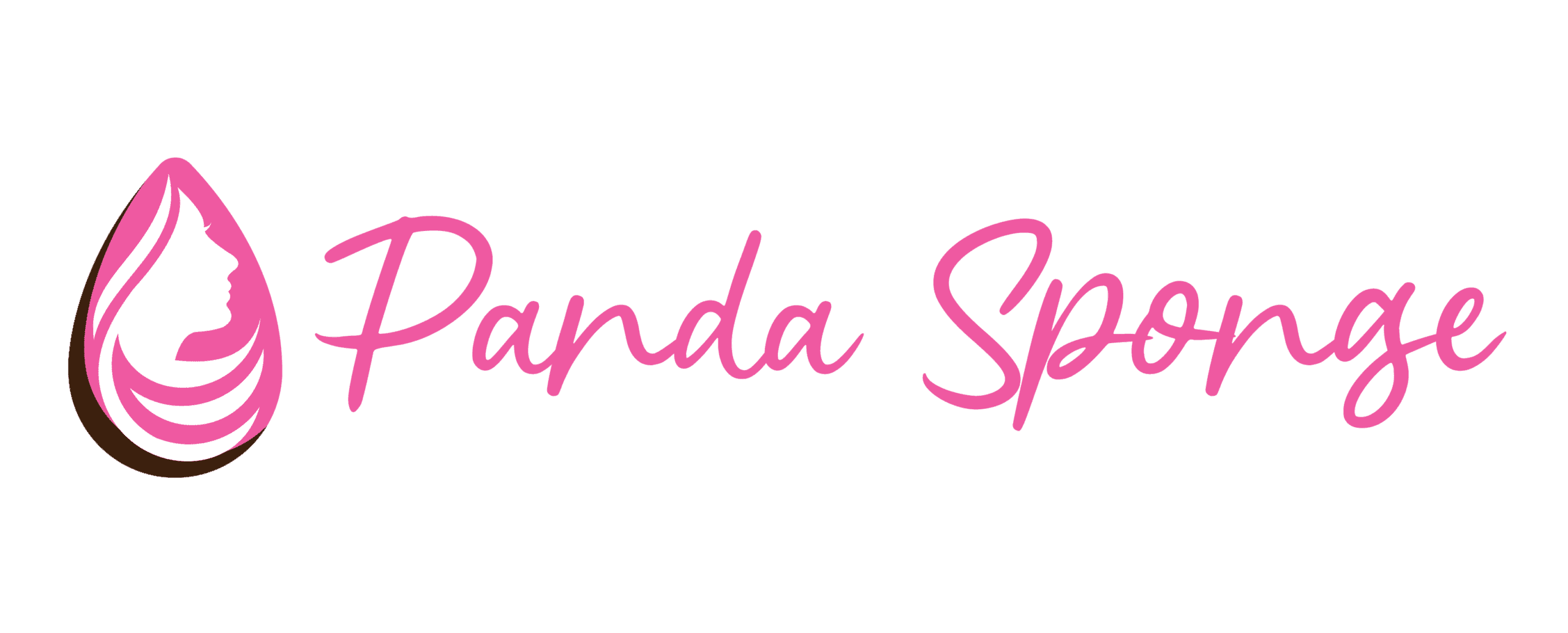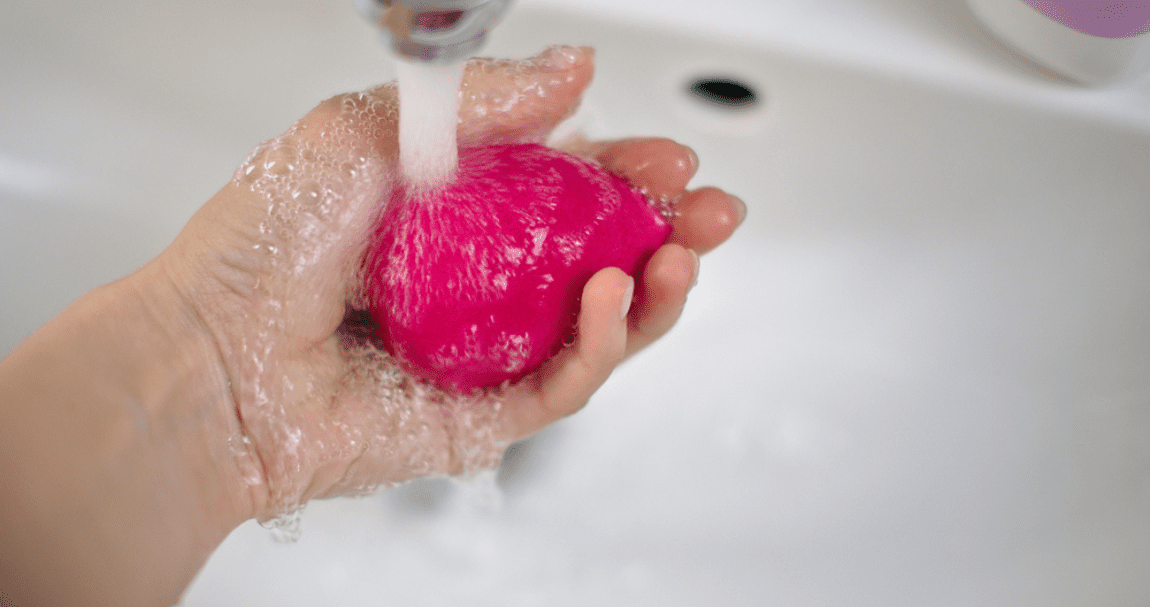Makeup sponges have become an essential tool for achieving a flawless makeup application. Whether you use them to blend foundation, apply concealer, or create a seamless contour, these versatile sponges can work wonders. However, with repeated use, makeup sponges can accumulate product residue, oils, and bacteria, making it crucial to clean them regularly. In this blog post, we will delve into the art of makeup sponges cleaning and explore effective techniques to keep your sponges clean, hygienic, and long-lasting. From basic makeup sponges cleaning methods to expert tips, we’ll guide you through the process, ensuring your makeup sponges remain in optimal condition for a flawless makeup application every time. So, grab your sponges and let’s dive into the world of makeup sponges cleaning!
Makeup Sponges Cleaning on the basis of their materials
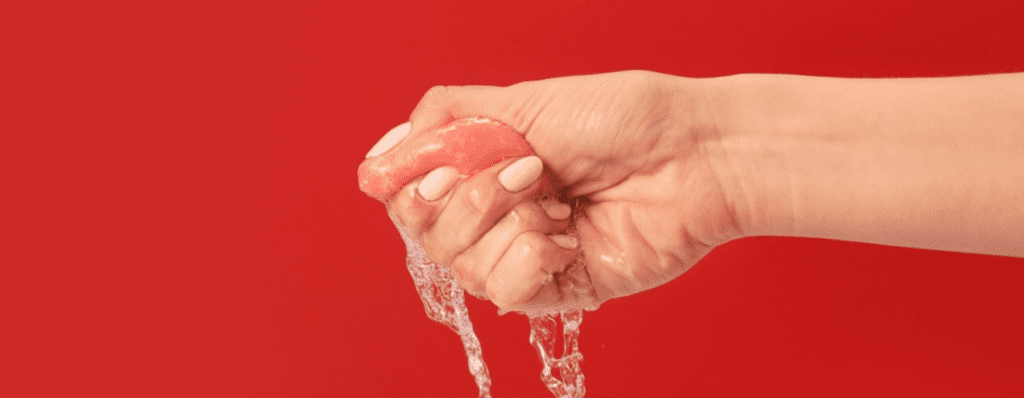
Makeup sponges have become an essential tool in the beauty industry, helping to achieve flawless and blended makeup application. However, to maintain their effectiveness and ensure hygiene, it is important to clean them regularly.
1. Cleaning of Latex Makeup Sponges
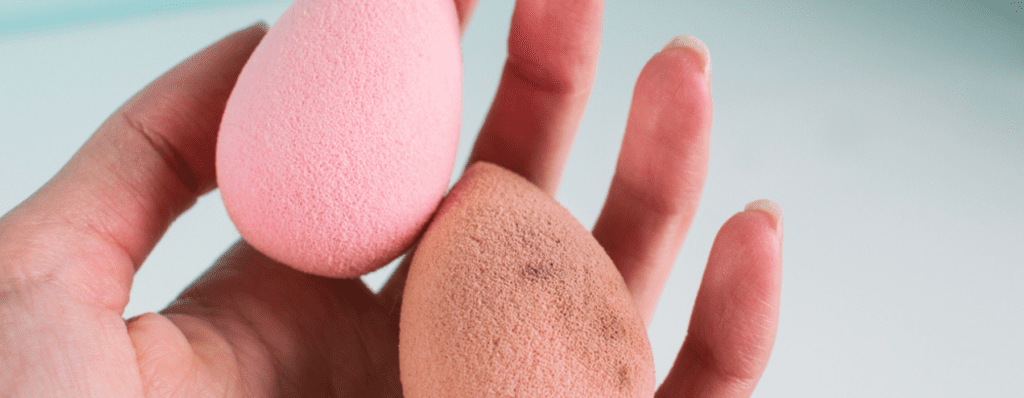
Latex makeup sponges are popular due to their affordability and ability to create a smooth finish. To clean latex sponges, follow these steps:
a. Wet the sponge with lukewarm water.
b. Apply a small amount of mild shampoo or liquid soap onto the sponge.
c. Gently massage the sponge, working the shampoo into the bristles.
d. Rinse the sponge thoroughly until the water runs clear.
e. Squeeze out excess water and reshape the sponge.
2. Cleaning of Synthetic Makeup Sponges
Synthetic makeup sponges, often made of non-latex materials such as polyurethane, are known for their durability and ability to absorb and blend products effectively. To clean synthetic sponges:
a. Dampen the sponge with warm water.
b. Apply a few drops of gentle facial cleanser or sponge cleaner onto the sponge.
c. Work the cleanser into the sponge by gently squeezing and releasing it.
d. Rinse the sponge thoroughly until no traces of cleanser remain.
e. Gently squeeze out excess water and reshape the sponge.
f. Allow the sponge to air dry completely.
3. How to Clean Natural Makeup Sponges
Natural makeup sponges, typically made from sea sponges, offer a luxurious and eco-friendly alternative. Proper care is crucial to maintain their softness and extend their lifespan. Here’s how to clean natural makeup sponges:
a. Rinse the sponge under warm running water to remove any initial debris.
b. Fill a bowl with warm water and add a few drops of mild soap or baby shampoo.
c. Submerge the sponge in the soapy water and gently squeeze it a few times.
d. Let the sponge soak for a few minutes to loosen any makeup residue.
e. Rinse the sponge thoroughly under running water until the water runs clear.
f. Gently squeeze out excess water without wringing or twisting the sponge.
g. Place the sponge on a clean towel and allow it to air dry completely.
4. Deep Cleaning Beauty Blenders
Beauty blenders, a type of makeup sponge with a teardrop shape, require regular deep makeup sponges cleaning to remove stubborn product buildup. Follow these steps for deep makeup sponges cleaning:
a. Wet the beauty blender with warm water.
b. Apply a small amount of liquid soap or specialized blender cleanser directly onto the sponge.
c. Gently massage the soap into the sponge, focusing on areas with heavy product buildup.
d. Rinse the sponge thoroughly under warm water, squeezing out any remaining soap and product.
e. Repeat the process if necessary until the water runs clear.
f. Squeeze out excess water and gently reshape the sponge.
g. Allow the beauty blender to air dry in a well-ventilated area.
5. Microfiber Makeup Sponges
a. Start by wetting the microfiber sponge with lukewarm water. This will help to loosen and remove any makeup residue.
b. Make a small amount of mild shampoo or liquid soap and apply it to the damp sponge. Be gentle and ensure the product is evenly distributed across the sponge’s surface.
c. Gently massage the sponge, working the shampoo or soap into the bristles. This will help to break down and lift away any makeup and dirt trapped within the sponge.
d. Rinse the sponge under running water until the water runs clear. Make sure to remove all traces of shampoo or soap from the sponge. This step is crucial to maintain the sponge’s cleanliness.
d. Once thoroughly rinsed, gently squeeze out the excess water from the sponge. Avoid wringing or twisting the sponge too harshly, as it can damage its structure. Reshape the sponge to its original form and let it air dry completely before using it again.
6. Cleaning of Konjac Sponges
a. Start by rinsing the konjac sponge under warm water to remove any surface impurities and excess makeup.
b. If desired, you can apply a small amount of gentle cleanser suitable for sensitive skin onto the damp sponge. Gently work the cleanser into the sponge, being careful not to apply too much pressure.
c. Rinse the sponge under running water until all traces of cleanser are removed. Ensure that the water runs clear, indicating that the sponge is clean.
d. Gently squeeze out the excess water from the sponge, being careful not to deform its shape. Avoid wringing or twisting the sponge forcefully.
e. Hang the konjac sponge in a well-ventilated area to air dry completely. Ensure that it is not stored in a damp or humid environment, as it may promote bacterial growth.
Common Mistakes to Avoid When Cleaning Makeup Sponges
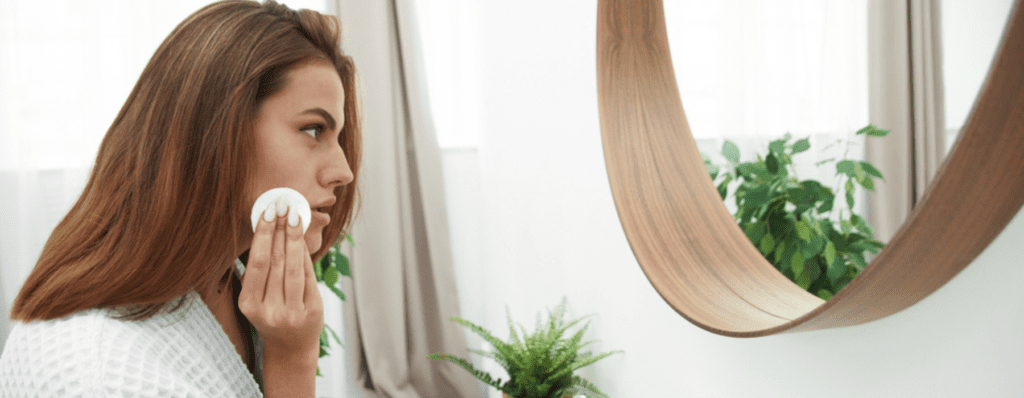
Makeup sponges are essential tools for achieving flawless makeup application. However, cleaning these sponges is often overlooked or done improperly, which can lead to product buildup, bacteria growth, and a compromised makeup application. To ensure your makeup sponges stay clean and hygienic, it is important to avoid some common mistakes.
Neglecting Regular Cleaning: One of the biggest mistakes people make is not cleaning their makeup sponges regularly. Ideally, you should clean them after each use to prevent the buildup of product, bacteria, and oils. Neglecting regular cleaning can lead to clogged pores, breakouts, and reduced performance of the sponge.
Using Harsh Cleaners: Using harsh cleaners, such as dish soap or laundry detergent, can be damaging to makeup sponges. These products can strip the sponge of its softness, degrade its material, or leave residue that may cause skin irritations. Opt for gentle, mild cleansers specifically formulated for makeup tools.
Skipping the Pre-Rinse: Before applying any cleanser, it is crucial to give your makeup sponge a thorough pre-rinse. This step helps remove any excess product, making the cleaning process more effective. Simply dampen the sponge and squeeze out any remaining makeup residue before proceeding with the actual cleaning.
Rubbing Too Aggressively: When cleaning a makeup sponge, avoid rubbing it too vigorously as this can cause the sponge to tear or lose its shape. Instead, use gentle, circular motions to work the cleanser into the sponge. Be patient and take your time to ensure all the product buildup is removed without causing any damage.
Not Allowing Proper Drying Time: After cleaning, it’s crucial to let your makeup sponge air dry completely before storing or using it again. Leaving a damp sponge in a closed container or bag can create a breeding ground for bacteria, leading to potential skin issues. Place the sponge in a well-ventilated area and allow it to air dry naturally.
Sharing Sponges: Sharing makeup sponges with others, especially without proper cleaning, can lead to cross-contamination of bacteria and other pathogens. Each person’s skin has a unique microbiome, and using a shared sponge can transfer harmful bacteria or cause allergic reactions. Always have your personal set of makeup sponges and avoid sharing them.
Ignoring Replacement Time: Makeup sponges have a limited lifespan, and using them beyond their recommended usage time can be unhygienic and affect makeup application. Replace your sponges regularly, depending on the manufacturer’s guidelines or when you notice signs of wear and tear, such as crumbling edges or a loss of bounce.
Final Words
In conclusion, when it comes to cleaning your makeup sponges, it is important to follow a proper routine to maintain their cleanliness and effectiveness. Regularly cleaning your makeup sponges not only ensures hygienic application but also prolongs their lifespan. If you’re looking for high-quality makeup sponges and a reliable supplier, Panda Sponge is a qualified provider that handles the entire process from production to delivery. With their dedication to quality and customer satisfaction, you can trust Panda Sponge to deliver top-notch makeup sponges right to your doorstep. So, clean your makeup sponges regularly and choose a trustworthy supplier like Panda Sponge to enhance your beauty routine and enjoy a seamless makeup application experience.
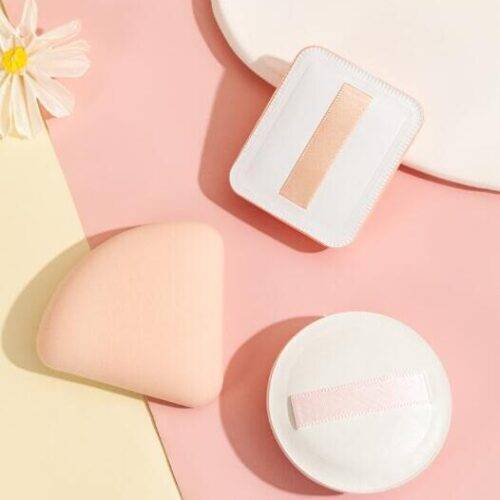
Get a Quote
Custom Makeup Sponge and Puffs

Maggie Peng serves as the esteemed Product Manager at Panda Sponge, where she has garnered a wealth of experience and expertise over the course of five years. With a primary focus on product design, testing, and development, Maggie has consistently exhibited her prowess in these domains.
